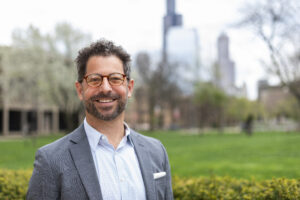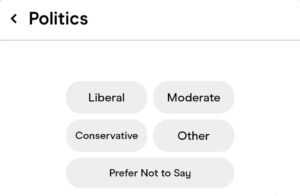DePaul Art Museum’s exhibition Learned Objects takes a look at Chicago-centric activism through art.
The exhibit, which opened Sept. 9 and runs through Feb. 13, 2022 on the Lincoln Park campus, features four artists of color who are educators and activists who make pieces centering around topics such as mass incarceration and gun violence amongst others.
Activism through art and community-based art is an interest that most people like Jeff Stevenson and exhibition artist Rochele Royster found to be more impactful than other avenues such as lectures or written material.
“The community [directly] touches the art and they’re a part of that process,” said Royster.
“Artwork can draw people in and once they learn about the piece, it can get them to think about the subject matter in a different way,” said Stevenson, a director and curator at Governors State University.
One impactful piece of work that caught Stevenson’s attention was one by artist Rochele Royster called “Dolls 4 Peace,” which consists of 1,500 handmade dolls.
Royster started this piece in 2015 and over the course of five years with the help of children, teachers and community members across Chicago, the community addressed trauma and gun violence as a prevalent topic in the city.
At the time he created the piece, Royster was an art therapist at a CPS elementary school and began working with students as a way to help them grieve and process the death of a fellow classmate due to gun violence.
“Dolls 4 Peace” began when Royster’s students requested to make more dolls for the family members they lost, and she realized this could be a healing activity for them.
“For me, it was eye-opening that they were able to take that action and use it the way they needed it,” Royster said.
Stevenson said the doll installation is accessible in a way that makes the materials it contains relatable to viewers and gets the message across.
In “Dolls 4 Peace,” the dolls are grouped together on the wall and some have messages such as “Stop the violence, increase the peace, break the silence!” attached to them, a small element in the piece that draws the viewer in.
“I wanted to include artists whose work doesn’t get visibility in a museum setting,” said Rachel L.S. Harper, exhibition curator and professor at DePaul University. Harper added that the purpose of this exhibit was to focus on Chicago-area artists and present artwork with topics that are relevant and timely.







Be First to Comment